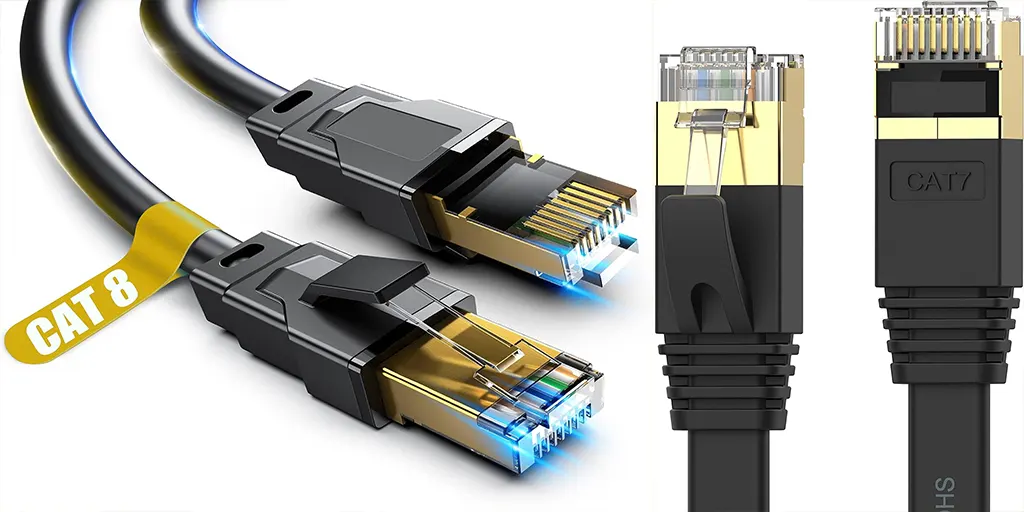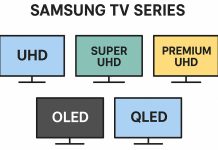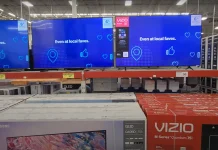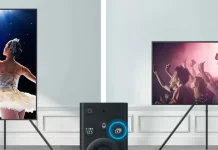In today’s world, the internet has become an essential part of everyday life. Despite the widespread use of Wi-Fi, wired Ethernet connections remain popular because they provide a more stable and faster data transfer.
When choosing a cable, it’s important to consider not only the price but also the quality. A reliable cable lasts longer, reduces the chance of failures, and saves you from frequent replacements. Taking the time to choose wisely will help create a stable and efficient network.
Understanding Ethernet cable categories
Cables differ in speed and transmission frequency, which determines their category. All newer versions are backward compatible with older ones, and the cable structure—eight wires with possible shielding—remains generally similar.
For home use, Cat 5e or Cat 6 cables are usually sufficient. Cat 5e supports speeds up to 1 Gbps, while Cat 6 can handle up to 10 Gbps over short distances. Higher standards like Cat 6a, Cat 7, Cat 7a, and Cat 8 are designed for professional use—servers, offices, and enterprises that require high bandwidth and minimal interference.
Key differences between categories
As the category increases, not only does bandwidth improve, but so does protection against interference. Newer cables often have shielding for each pair of wires and an overall protective braid. This is especially important in environments with high electromagnetic noise. The precision of wire twisting also increases, helping maintain signal quality.
Materials and sheath thickness vary as well: modern cables are made from durable materials and can be less flexible but more long-lasting. Most cables use standard RJ45 connectors, but some versions (like Cat 7 and above) may require special connectors, which should be considered when purchasing.
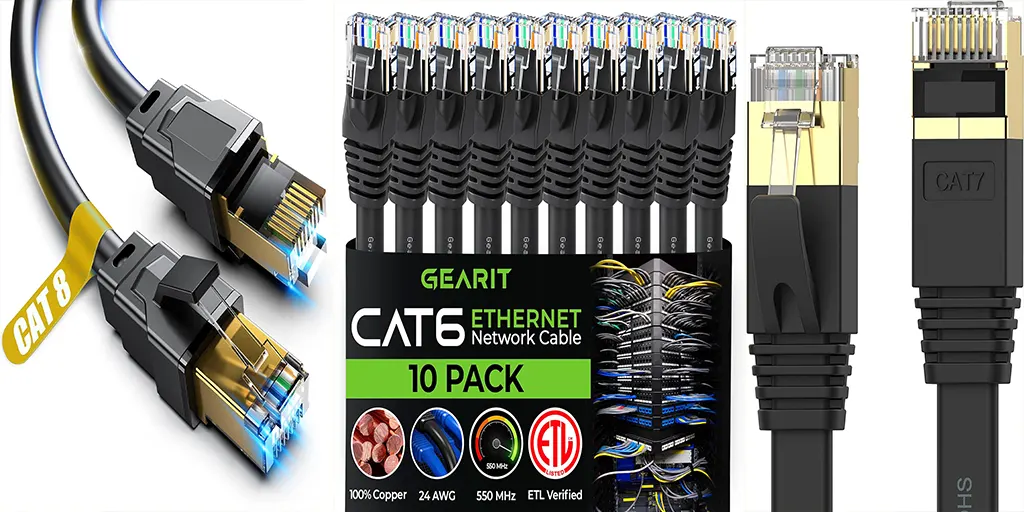
How to choose the right cable
The key is not to fall for marketing tricks. Genuine high-category cables are expensive, and it’s unlikely to find a quality Cat 7 or Cat 8 for under $10. For home use, such cables are usually unnecessary—Cat 6 offers an excellent balance of price and performance, meeting most needs.
Choose based on your devices’ capabilities. For example, if your TV supports only 100 Mbps, a more expensive cable won’t increase its speed. But if you have routers with gigabit ports or plan to upgrade your internet speed, consider moving to Cat 6.
To upgrade or not
If your current network consists of older devices, replacing cables won’t bring benefits. But when upgrading your infrastructure or planning to connect more advanced equipment, investing in newer cables makes sense. This will not only increase speed but also ensure stable operation in the future.
Choosing an Ethernet cable should be based on real needs. For most home networks, Cat 6 is the optimal choice—it offers high speed, reliability, and remains affordable.


